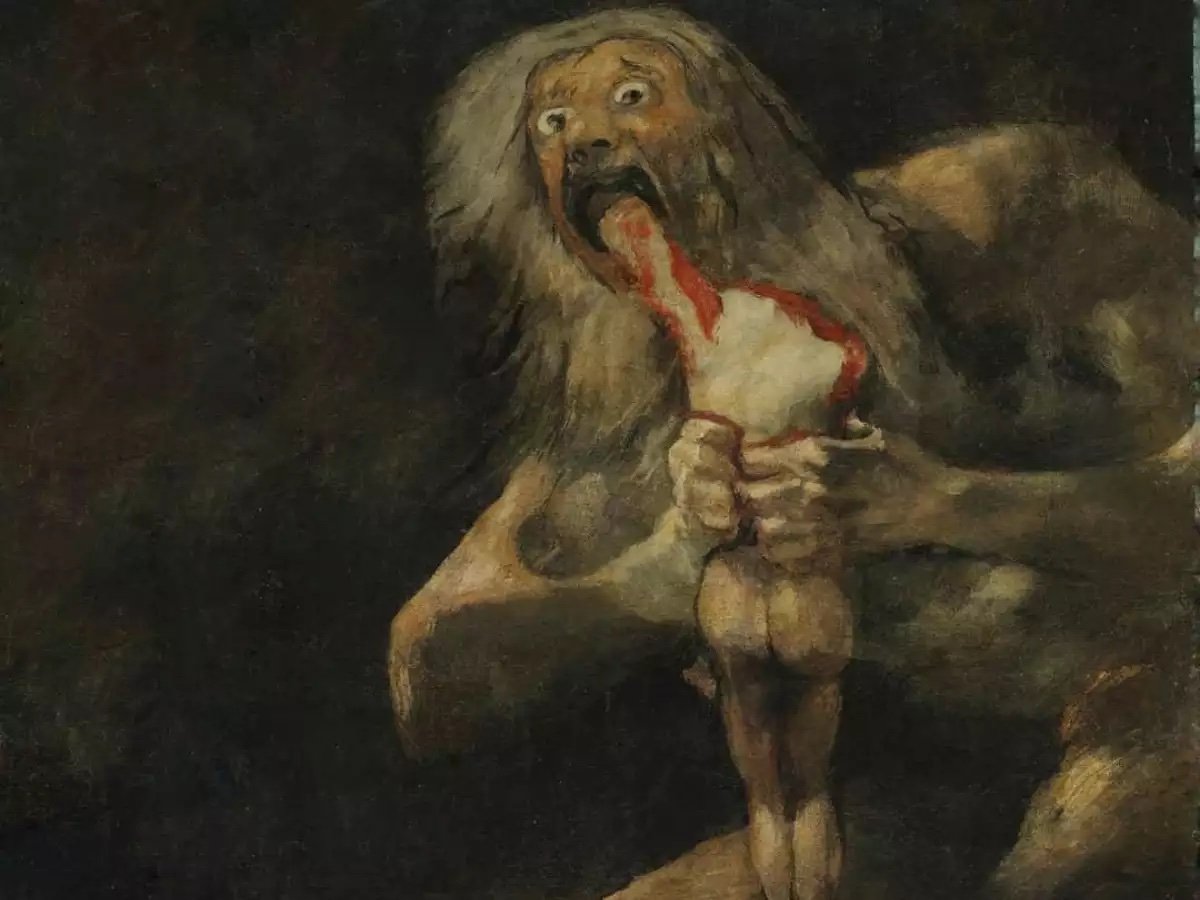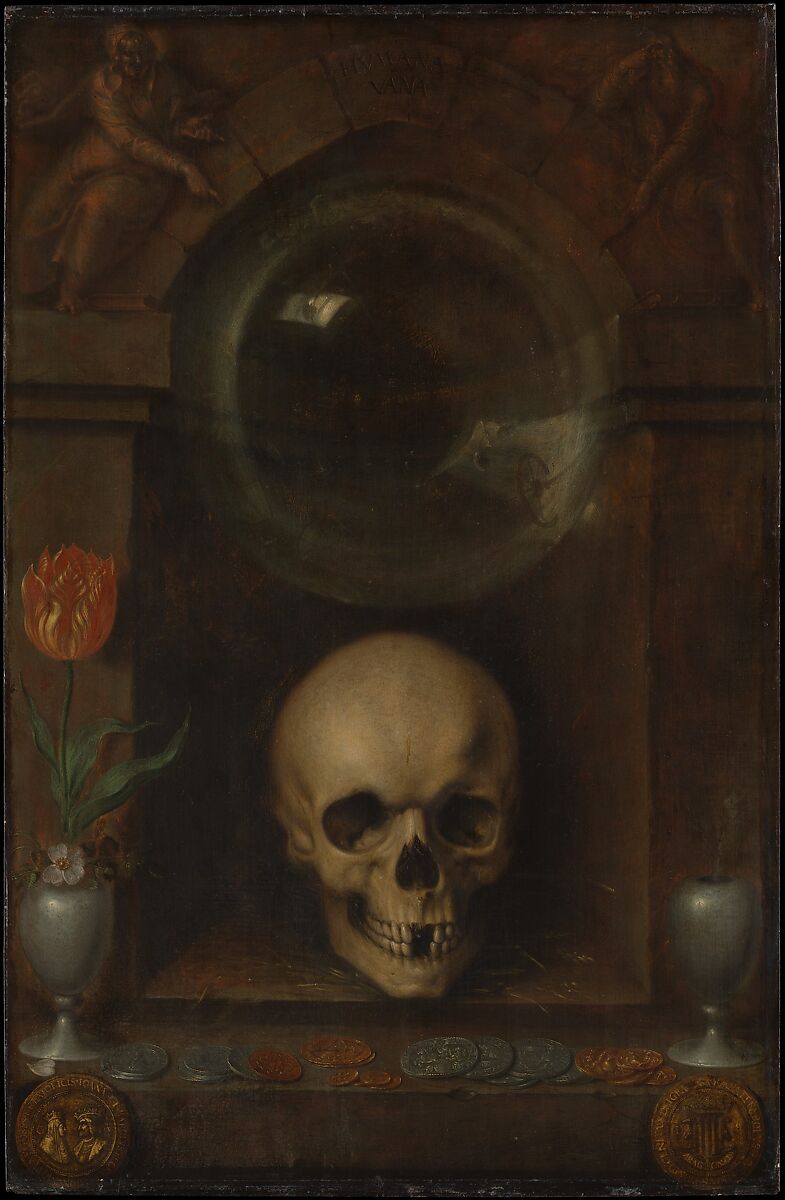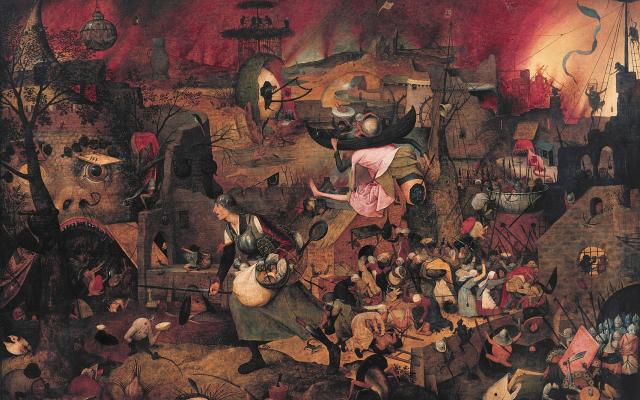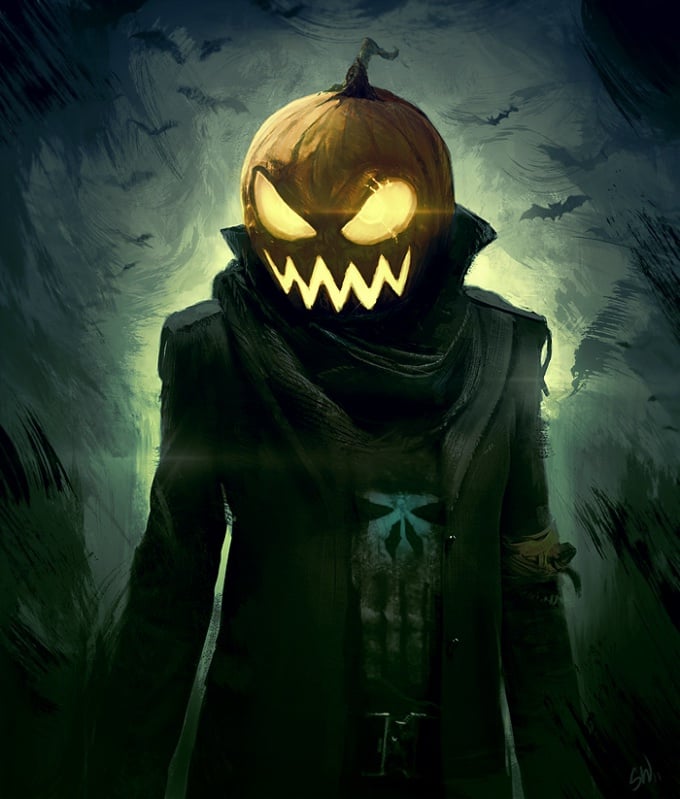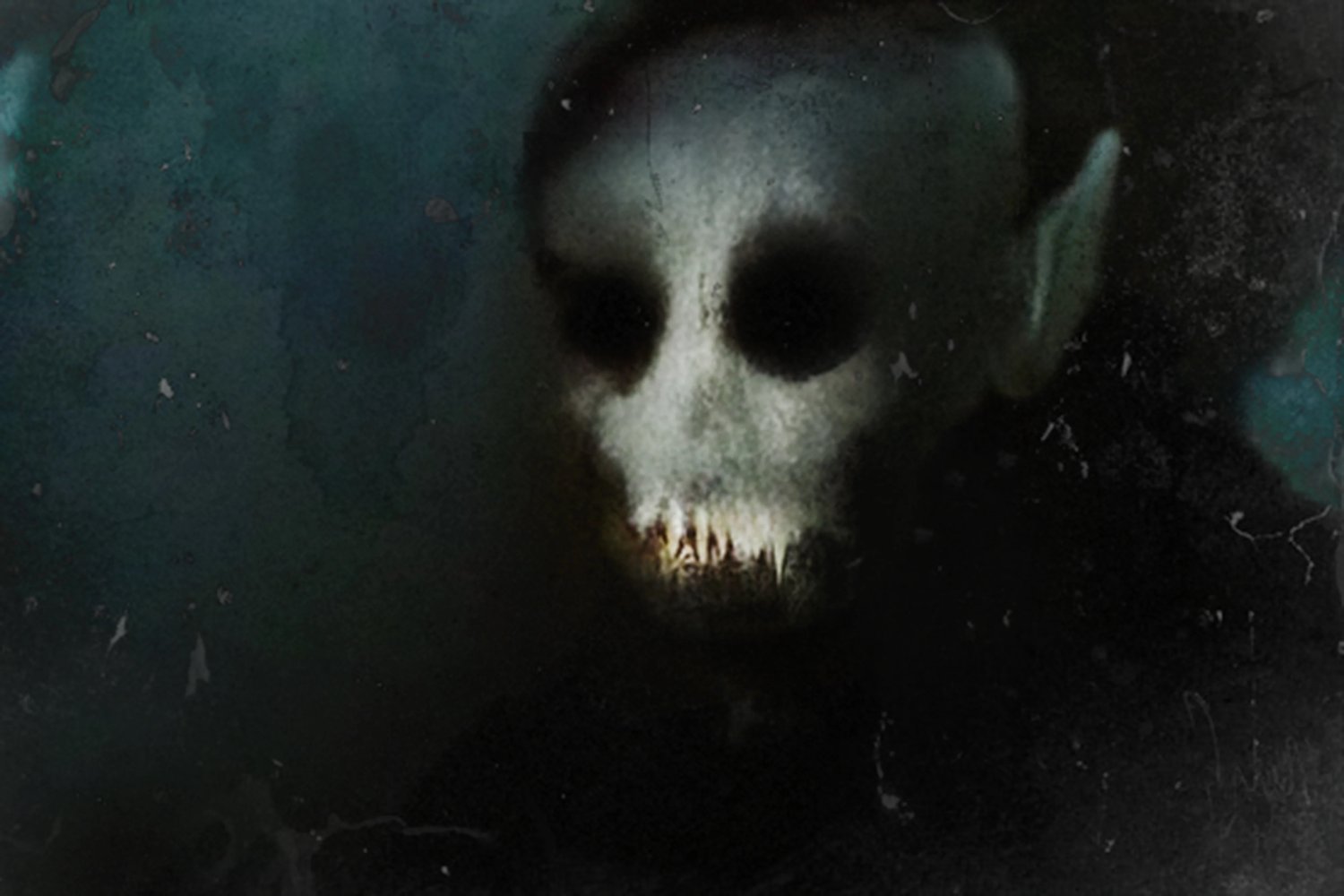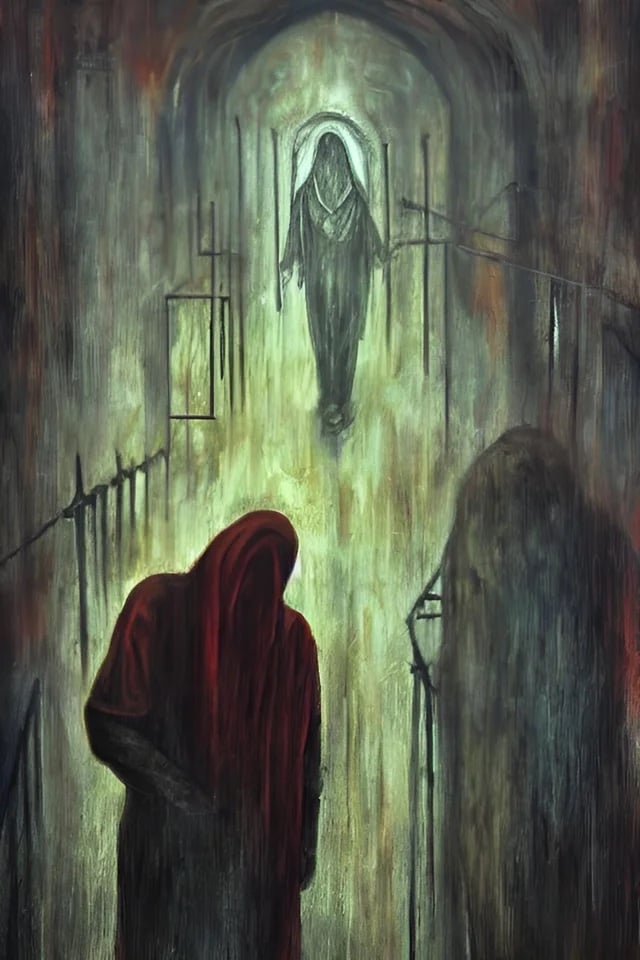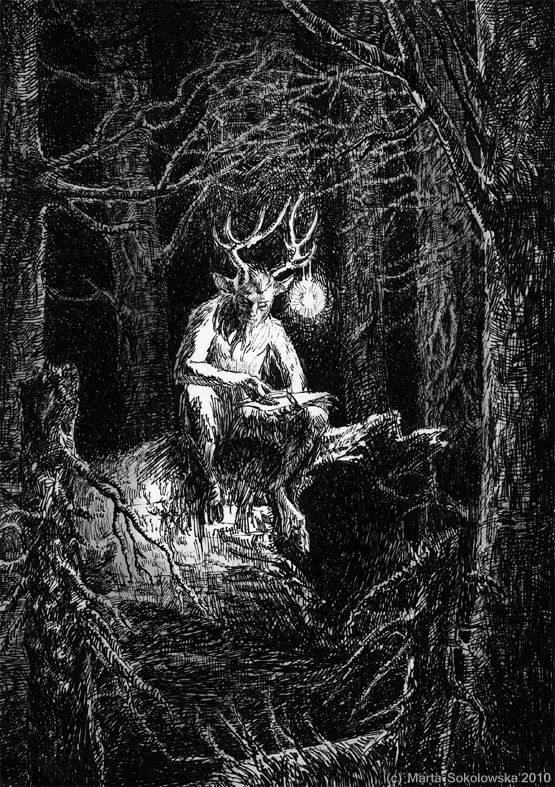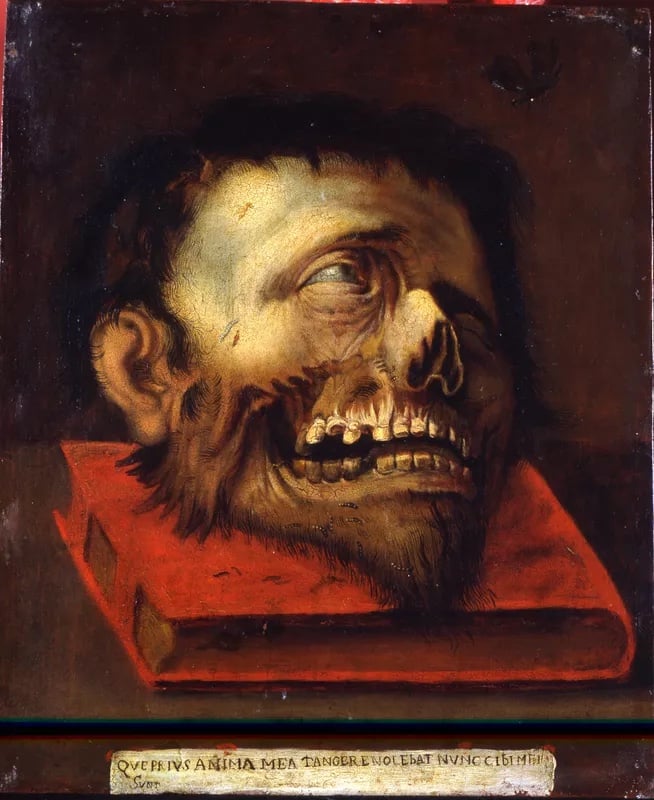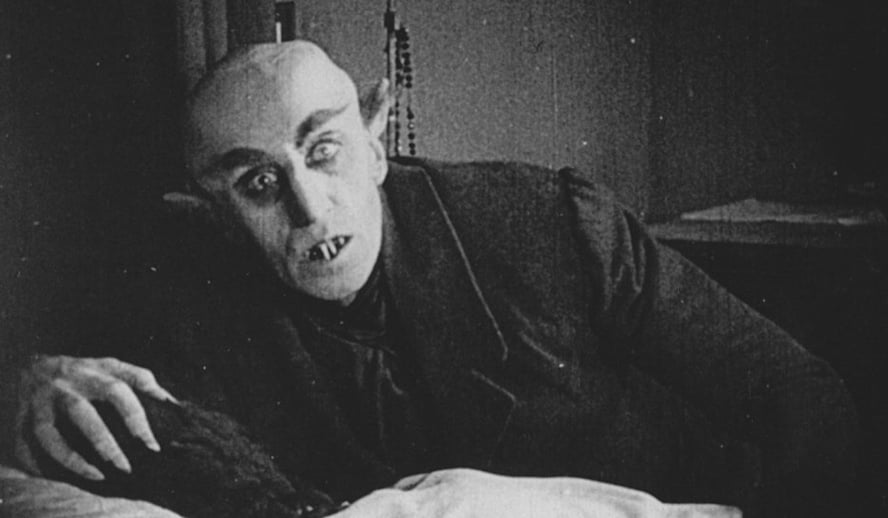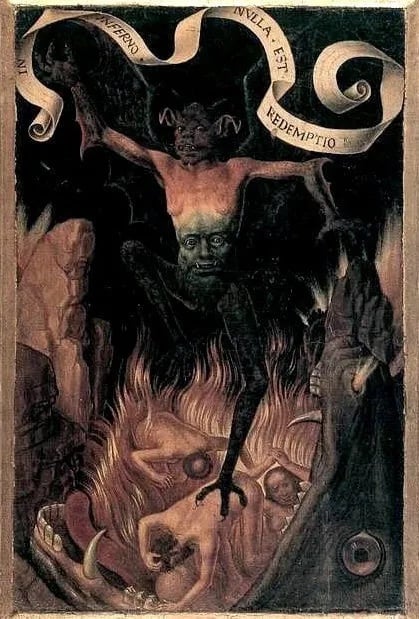What is historical horror? If you ask some people, it’s a growing sub-genre of horror. If you ask others, you’ll get a blank-eyed stare.
There’s debate: is it even a thing? What makes a book horror? What makes it historical?
Because there is such debate, however, we need to start with some definitions. Some of these definitions you may agree with, some of which you may not. Opinions vary. But its important. Very. This falls into my inspiration for my medieval horror novel, Between Two Souls.
I have been asked a lot about that specific book. Fully, I wanted to aim for more of a religious based demonic\gothic style because simply those types of imagery are utterly creepy to me. The Black Plague was a devastating time in 14th century Europe, with a staggering one million deaths overall, which in 1348 Northern France, where the book is set was mind blowing at the time. People covered in bloody boils, sores, throwing up, losing their minds, chilling right? Simply the story follows a fallen knight named Marquis de Bordeaux, who finds an orphaned young girl in a rustic farmhouse. She appears to be some sort of witch\angel\seer, and he has to guide her to Paris on a mission through a depraved blackened land, fighting terrifying monsters, demons, and Gods.
This kind of story is most likely to meet the approval of fans of historical fiction, as they tend to like books that are directly and deeply historical.
Horror novels that are centered around a specific true-life historical event aren’t as common as you might think. Dan Simmons’ The Terror, his well-known account of the lost expedition of Sir John Franklin, is the poster child for this sub-genre. But if you start looking for more books like this, you come up short pretty quickly. Not many exist.
Far more common is the novel that’s set in a previous era but isn’t tied to a singular true event. Many novels fall into this category, where history is an anchor that the author may touch upon throughout the telling but otherwise projects no constraints on the tale. One or two real people may appear in the story, but their actions are not factual. Another way to think of it is that history is providing the setting, but not the plot. You could argue that The Fervor falls in this category: it starts with a specific event (the explosion of a Japanese fu-go, or fire balloon, near Bly, Oregon, which killed one adult and five children) but after that, the events are largely imagined.
What’s the difference between historical horror and alternate history? Let’s say you decide to introduce a horde of Sasquatch into the Battle of Little Big Horn. Aren’t you changing history? Yes, you are, and while there are plenty of people who consider all historical horror to be alternate history, I would argue that it has more to do with whether the outcome deviates from history: if Germany won World War II, for example (The Man in the High Castle by Philip K. Dick). But again, this sort of thing is a quibble. You need to think about the expectations of readers of this sub-genre and whether your story is going to meet them or cause them to want to throw your book out the window.
Horror is starting to die off slowly so why not spice it up a bit?

